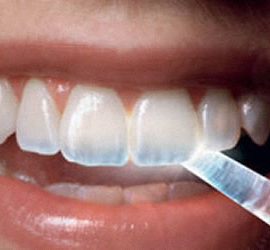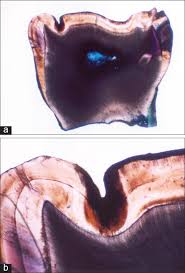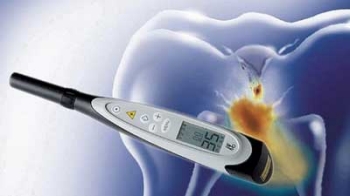
Determining If You Need a Filling
Uncategorized
dentist may use several methods to determine if you have tooth decay (caries), including:

Observation : Some dis colored spots on your teeth may indicate decay, but not all of them. Your dentist may use an explorer, a metal instrument with a sharp tip, to probe for possible decay. Healthy tooth enamel is hard and will resist pressure by the explorer. Decayed enamel is softer. The instrument will stick in it slightly. Explorers must be used with caution. Pressing too hard with an explorer can damage a healthy tooth. It can also spread the bacteria that cause decay to other teeth.

Cavity-detecting dye: This can be rinsed over your tooth. It will stick to decayed areas and rinse cleanly from healthy ones.

X-rays : X-rays can show decay developing in the enamel on the sides of teeth where they come together, as well as in the dentin that lies under the enamel. X-rays are often not accurate in detecting smaller cavities on occlusal (top) surfaces. Current fillings or other restorations also may block the view of decay.

Laser fluorescence cavity detection aids : These small wands measure changes caused by caries. They are especially useful for pit and fissure areas on the top surfaces of your molar and premolar (chewing) teeth.
Decay is not the only reason you may need a filling but also Teeth that are worn from unusual use, such as:
- Nail-biting
- Tooth grinding (bruxism)
- Using your teeth to open things
- Cracked or broken teeth





